Proposal Rejection Letter Template for Professional Communication
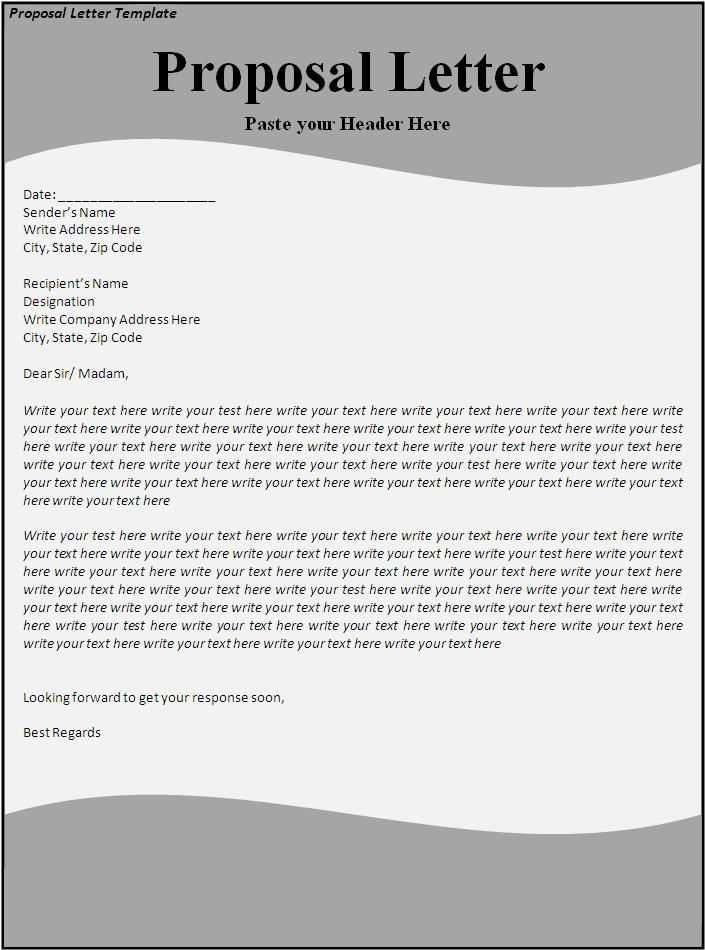
Declining a request or offer is often an unavoidable part of business, but handling it with care can maintain positive relationships. Crafting a response that is respectful and clear is essential for keeping professional interactions intact.
In situations where an offer or proposal must be turned down, it’s important to provide a thoughtful explanation. A well-structured response not only communicates the decision but also demonstrates courtesy, ensuring that the recipient feels valued despite the outcome.
Clarity and respect are key when informing someone that their suggestion won’t be accepted. This approach helps avoid misunderstandings and preserves the integrity of both parties involved in the exchange.
In any professional setting, it is inevitable to turn down certain proposals or offers. While this can be a delicate matter, handling it properly is key to preserving positive relationships and maintaining a professional image. Clear communication is essential in conveying your decision respectfully, without causing misunderstandings.
By structuring your response thoughtfully, you can ensure that the other party feels valued despite the outcome. A carefully crafted message not only provides clarity but also leaves the door open for future opportunities. The right approach allows you to maintain goodwill while addressing the issue at hand.
Crafting a Clear Rejection Message
When delivering unfavorable news, clarity and directness are essential. The recipient should understand the decision without ambiguity, while still feeling respected. A well-structured communication can help avoid misunderstandings and ensure the message is received in a professional manner.
Key Points to Include
To effectively convey your message, make sure to cover the following points:
| Aspect | Explanation |
|---|---|
| Introduction | Start with a polite acknowledgment of the offer or idea. Make sure to express appreciation for the effort involved. |
| Decision | Clearly state the decision to decline. Use straightforward language without being harsh. |
| Reasoning | Briefly mention the reasoning behind the decision, if appropriate. Keep it concise and avoid unnecessary details. |
| Future Opportunities | End with a positive note by expressing openness to future interactions or opportunities, keeping the door open for potential collaboration. |
Tone and Professionalism
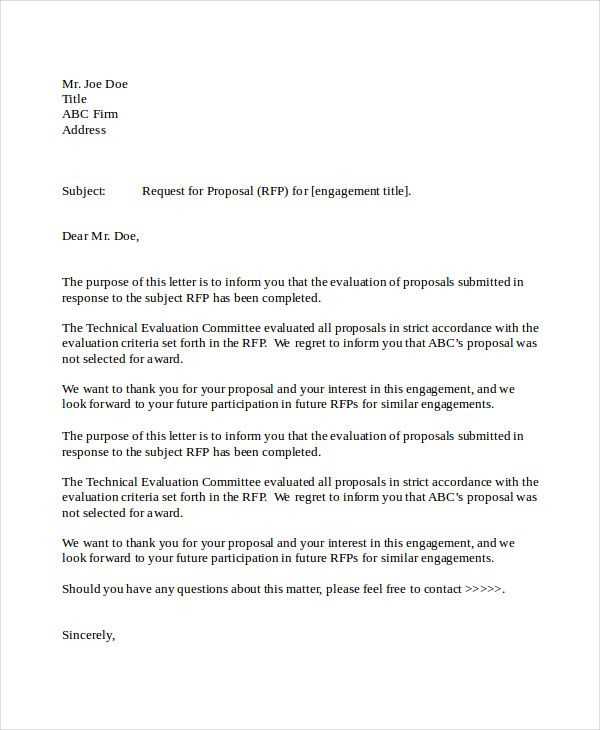
Maintaining a polite and professional tone is key to ensuring your message is well-received. Even though the decision might be disappointing, delivering it with tact can help preserve relationships and leave a positive impression for future possibilities.
Key Elements of a Rejection Letter
Delivering a firm but respectful response requires a clear structure. Each part of the message plays a crucial role in ensuring the recipient understands the decision, while maintaining professionalism. Focus on providing essential information, while avoiding unnecessary elaboration or negative language.
The message should begin with an expression of gratitude, acknowledging the time and effort that went into the offer or suggestion. Following this, state the decision clearly and concisely. It’s helpful to briefly outline the reason behind the choice, but avoid delving too deep into specifics. Conclude by encouraging future engagement or leaving open the possibility for further collaboration.
Maintaining Professionalism and Respect
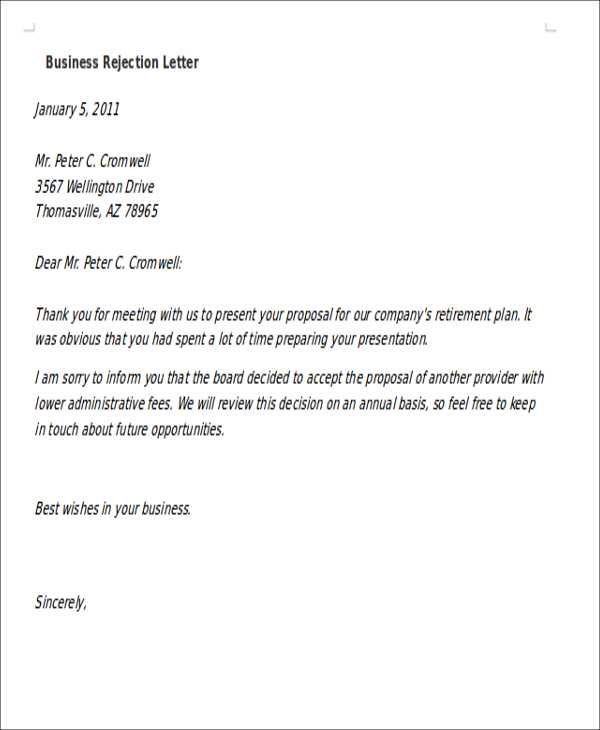
When declining an offer, maintaining a tone of professionalism and respect is essential for preserving positive relationships. It’s important to communicate in a way that demonstrates courtesy and understanding, ensuring the recipient feels valued despite the outcome.
To achieve this, consider the following guidelines:
- Start with a polite acknowledgment of the effort or time the other party invested.
- Keep the tone neutral and respectful, avoiding overly blunt or negative language.
- Be empathetic in your communication, recognizing the potential disappointment the decision may cause.
- End with an open-ended statement that leaves room for future collaboration or engagement.
By following these steps, you ensure the message is clear but also thoughtful, reflecting well on both parties and supporting a constructive professional relationship moving forward.
Common Mistakes to Avoid
When delivering unfavorable news, certain missteps can lead to misunderstandings or damage professional relationships. It’s crucial to be aware of these pitfalls and ensure that the message is both respectful and clear. Avoiding common errors can help maintain goodwill, even when the decision is not in favor of the other party.
Being Too Abrupt or Harsh
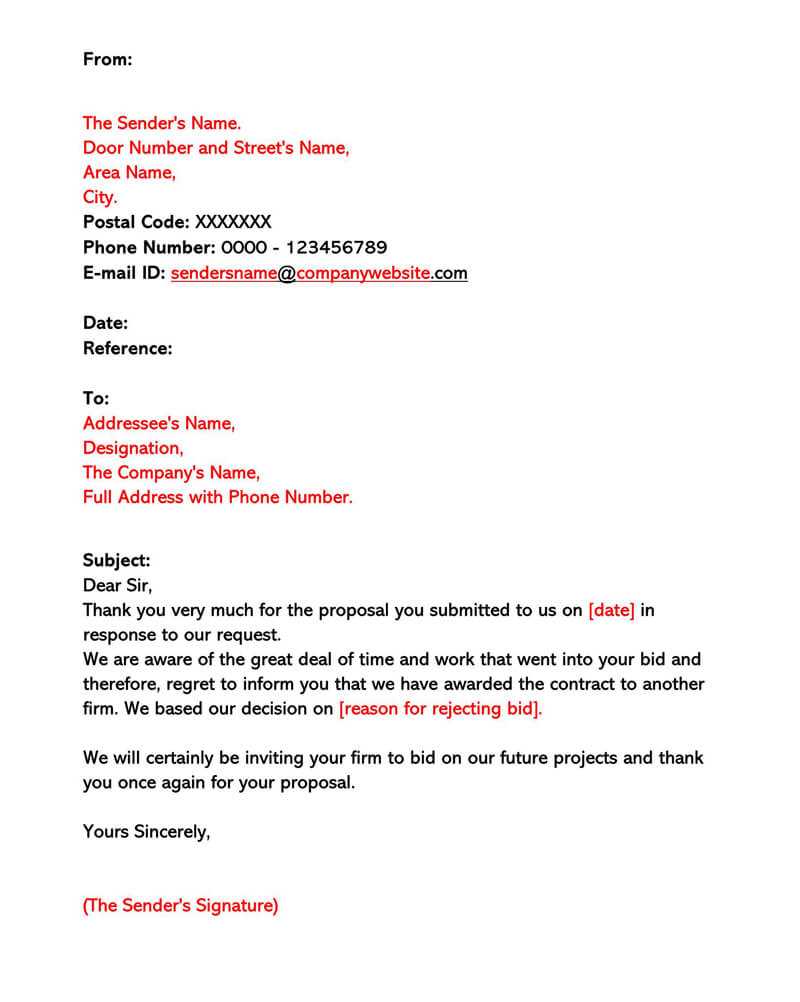
One of the most significant mistakes is delivering the decision too bluntly. This can come across as impolite and may cause unnecessary tension. Strive for a tone that is neutral and considerate, even while declining the offer.
Failing to Acknowledge Effort
Another common error is neglecting to recognize the time and resources the other party put into the offer. A simple expression of appreciation can soften the impact of the decision and preserve the relationship for future opportunities.
Handling Emotional Responses Effectively
Declining an offer can often lead to emotional reactions from the other party, whether it’s disappointment, frustration, or confusion. It’s important to manage these responses with empathy and professionalism. Addressing the emotional aspect of the conversation ensures the situation remains respectful and helps maintain a constructive atmosphere for future interactions.
Stay Calm and Composed
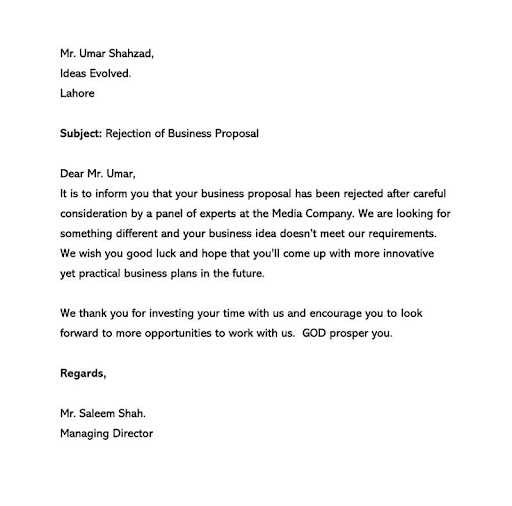
When faced with emotional reactions, it’s essential to remain calm. Avoid responding with defensiveness or frustration, and instead, focus on listening. Acknowledging the emotions expressed can go a long way in diffusing tension.
Offer Support for Future Engagement
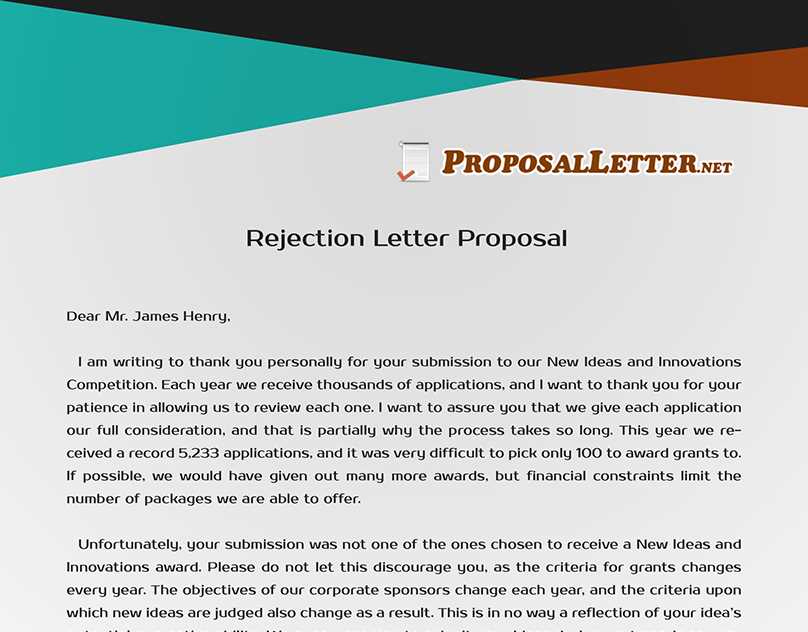
End the conversation by offering possible alternatives or expressing interest in future collaboration. This helps maintain a positive outlook and assures the other party that the decision is not a reflection of their overall value or potential.